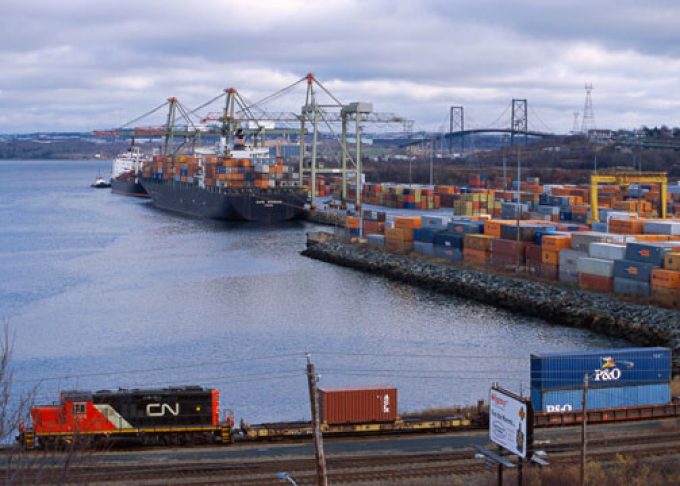Opposition to ACCC green light for DP World takeover of Silk Logistics
Australian shippers and forwarders have reacted with disappointment to the country’s competition regulators giving the ...

Canadian National Railway (CN) is poised to break last year’s record investment with a larger splurge on its network, equipment and technology this year.
The rail giant also has lofty ambitions, involving the port of Halifax, to replicate the blockbuster growth of Prince Rupert.
A major focus ...

Comment on this article